Talking with shooters, there’s little doubt in their minds that the NRA World Shooting Championship has improved over the past year. Talking with match officials, there’s a secret to improving matches: listen to people when they suggest improvements.
One major complaint about a match where no one’s using their own gun was the lack of time to “play with the guns.” Not to clown around, but to simply handle the various guns to give you the opportunity to see how they operate, feel in your hand or on your shoulder and, very importantly, potentially get to dry fire them and get a rudimentary feel for the triggers, actions and general fit and “feel” in your hands.
Before the shooter’s meeting Tuesday night, a partnership with Mantis shooting systems created that opportunity. Shooters had the chance to go down a pseudo-shooting lane and try everything from the Marlin lever actions to the Olympic precision air guns.
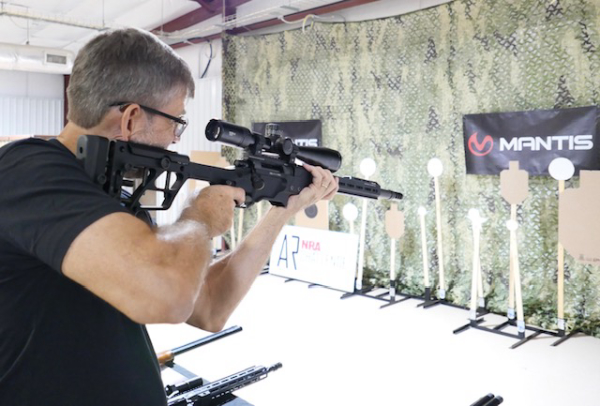
At the end of the first day of competition, it was obvious that this match had been tightened up significantly. From the first stage through the side matches, competitors were on -or ahead- of schedule. Too many matches have torpedoed their own success by consistently being unable to start -or stop- at a decent time. Instead of hanging around waiting, shooters were moving through the stages. That makes for happier competitors. Having morning/afternoon sessions also kept everyone from having to make the “zero dark thirty” starting time every day.
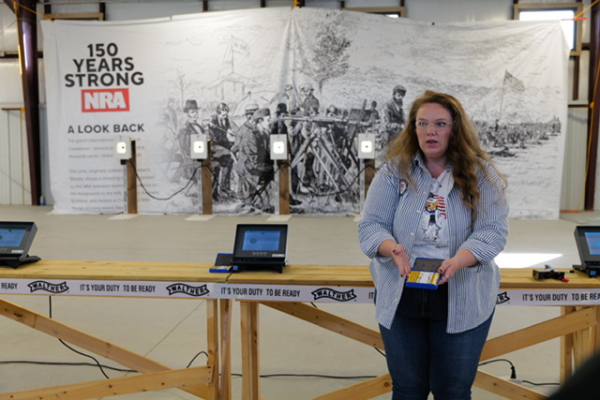
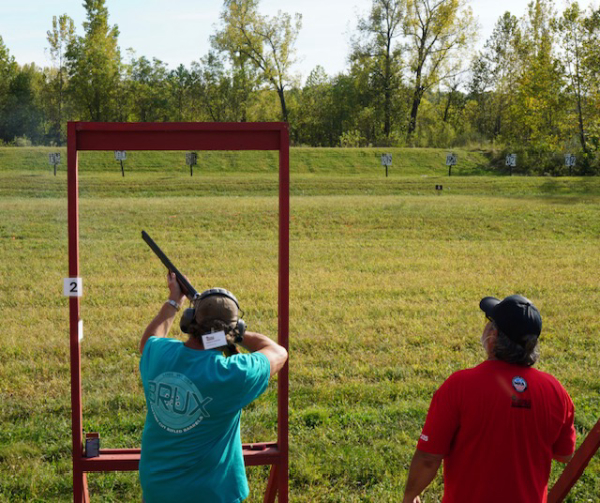
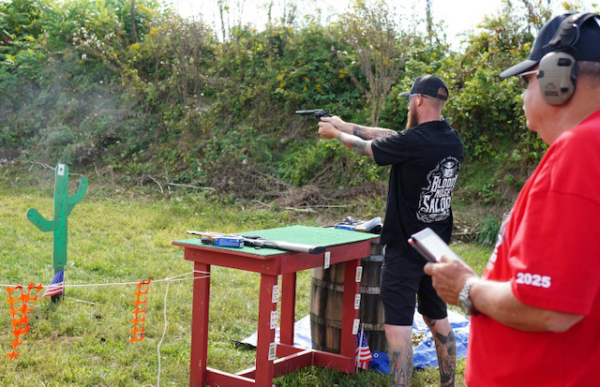
As far as the match itself, it’s a real test of shooting abilities. Going from Olympic-style air pistol to sporting clays, to SASS, IDPA or USPSA, biathlon, PRS rimfire and precision pistol and even NRA’s American Rifle Challenge quickly demonstrates the fact that there’s a lot more to shooting than simply going fast or shooting bullseyes. From airguns to wheel guns and modern sporting rifles to lever actions, competitors are moving from one discipline to another -and being pushed out of their normal competition comfort zones.
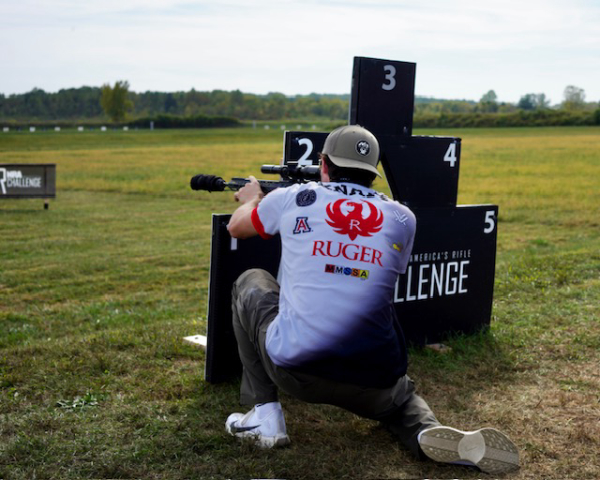
And that’s the point. This event separates great specialty shooters from the shooters who have the abilities to pivot from one discipline to another. And there’s plenty more competition ahead.
As always, we’ll keep you posted.
— Jim Shepherd